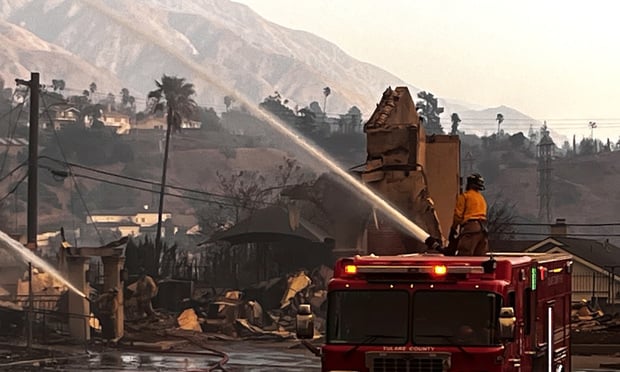Over the course of many years of working with claims handlers, I have had lengthy conversations as to the reasons why they were requesting video surveillance or initiating an activity check on a particular claimant. Those “Red Flags” which drew suspicions varied. I have compiled a list of the most common “red flags” that may indicate a malingering claimant.
Common Indicators
- Tips from neighbors, relatives, friends or co-workers that a claimant is actually more active than alleged.
- The injury coincided with a company's reduction of their work force.
- The reports coming from nurse case managers, doctors and therapist report a healthier and more active claimant than what is alleged.
- The lack of organic basis for the disability. Most of the complaints and allegations are subjective.
- Premature or excessive demands for compensation.
- The claimant worked in a seasonal occupation.
- The claimant often misses their therapy and or doctor appointments.
- “Dueling Doctors”. One doctor states that the claimant is disabled while another reports a completely different prognosis indicating he or she is NOT disabled.
- There were no witnesses to the reported accident.
- The claim was not reported until after the claimant was terminated, suspended or had resigned.
- The claimant had only been employed for a short while when the alleged accident occurred.
- The claimant is often not home or you are advised that they are not available.
- The claimant is disabled longer than is normally associated with the reported injury.
- The claimant has a history of claims or short term employment.
- The claimant's job performance was below par, was recently disciplined at work or they were nearing the end of a probationary period.
- A social network check or activity check indicates a more active claimant than alleged.
- The claimant has a history of financial problems.
- Course of treatment is questionable. Minor injuries resulting in extensive medical treatment and diagnostic testing.
- Damage to vehicle is inconsistent with the claimed injuries.
- Documentation of treatment is suspect. Photocopies of bills, no record of dates of treatment, no itemization, etc.
- Multiple occupants treating with the same medical providers.
Once it has been determined that further steps are necessary to either confirm or deny whether a claimant is malingering. So what's next?
Be sure to choose a detective agency or company specializing in photographic surveillance. You want to be sure the company is licensed and is properly insured. Hopefully, the company has been in the industry a long time, has an excellent reputation and employs only the finest investigators. Once the company has been chosen, then I always recommend starting out with an activity check. This investigation will hopefully provide some details regarding your subject's current physical activities, vehicles he or she is known to own and operate with a verification of the reported address. There are also times when a claimant is reported to be working a cash job or be active at a certain time of the day or week.
With this information in hand, a much more specific request can be made of the investigating agency as to when a surveillance should be conducted and for how long. I always recommend a minimum of 2 to 3 days and 8 to 10 hours each day to start. After the initial surveillance is finished, a review of the evidence obtained can be completed. Further surveillance and/or investigative work may be needed at this time.
Choosing the right file for investigation or surveillance is extremely important. I have indicated some of the “Red Flags” which I have encountered over the course of 30 years investigating bodily injury claims. Certainly, there are many more. The most important part is that if a claimant is thought to be malingering, then further action is taken to actually determine the extent of their current physical activity.
The Pennsylvania Supreme Court stated, “It is in the best interest of society that valid claims are ascertained and fabricated claims are exposed.” Hopefully, these “red flags” will assist in the mission of trying to determine the truly needy from the truly greedy.
Tim Kizorek is the Vice President of Specialty Accounts at PhotoFax Investigations. He has worked more than 2,500 surveillances and has supervised a staff which managed over 250,000 surveillances. In operation since 1987, PhotoFax Investigations has investigative staff available on a national level. For more information, call 800-659-9351.
Want to continue reading?
Become a Free PropertyCasualty360 Digital Reader
Your access to unlimited PropertyCasualty360 content isn’t changing.
Once you are an ALM digital member, you’ll receive:
- Breaking insurance news and analysis, on-site and via our newsletters and custom alerts
- Weekly Insurance Speak podcast featuring exclusive interviews with industry leaders
- Educational webcasts, white papers, and ebooks from industry thought leaders
- Critical converage of the employee benefits and financial advisory markets on our other ALM sites, BenefitsPRO and ThinkAdvisor
Already have an account? Sign In Now
© 2025 ALM Global, LLC, All Rights Reserved. Request academic re-use from www.copyright.com. All other uses, submit a request to [email protected]. For more information visit Asset & Logo Licensing.








